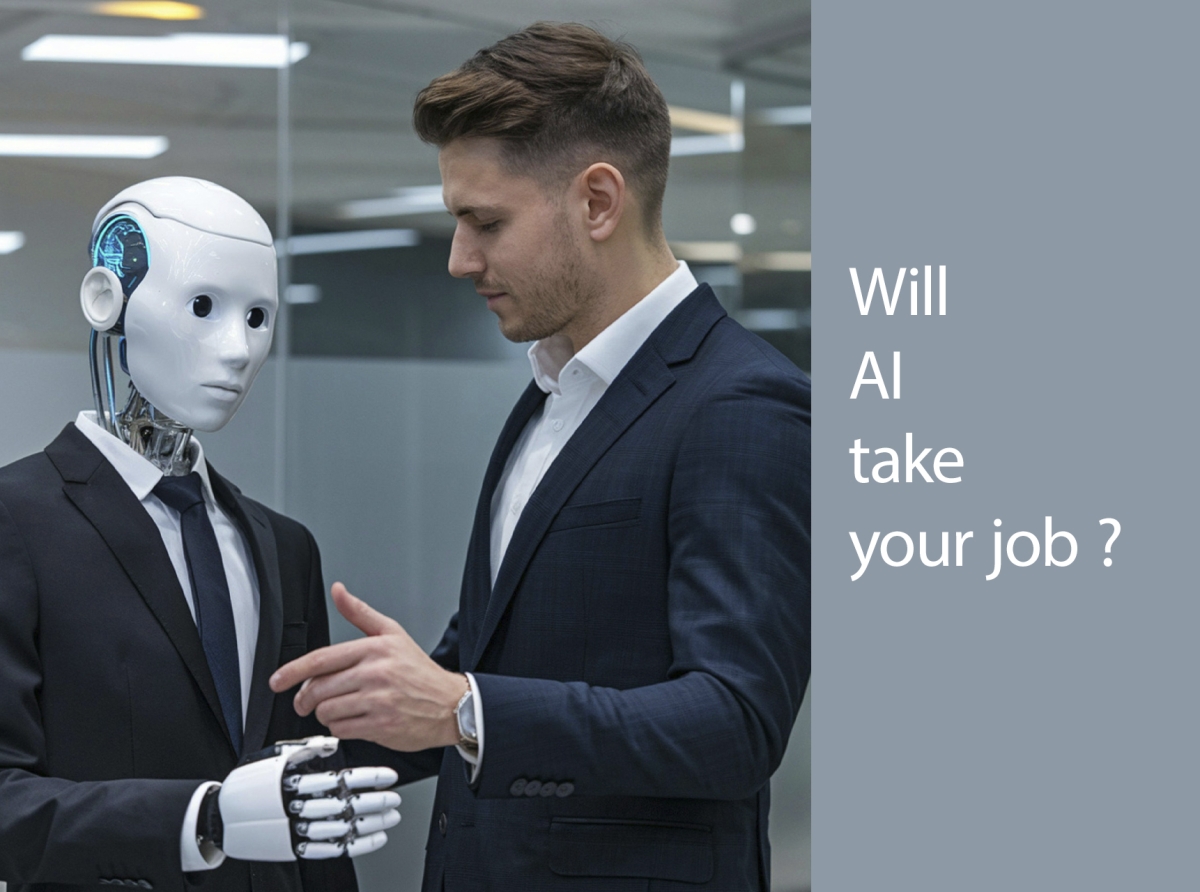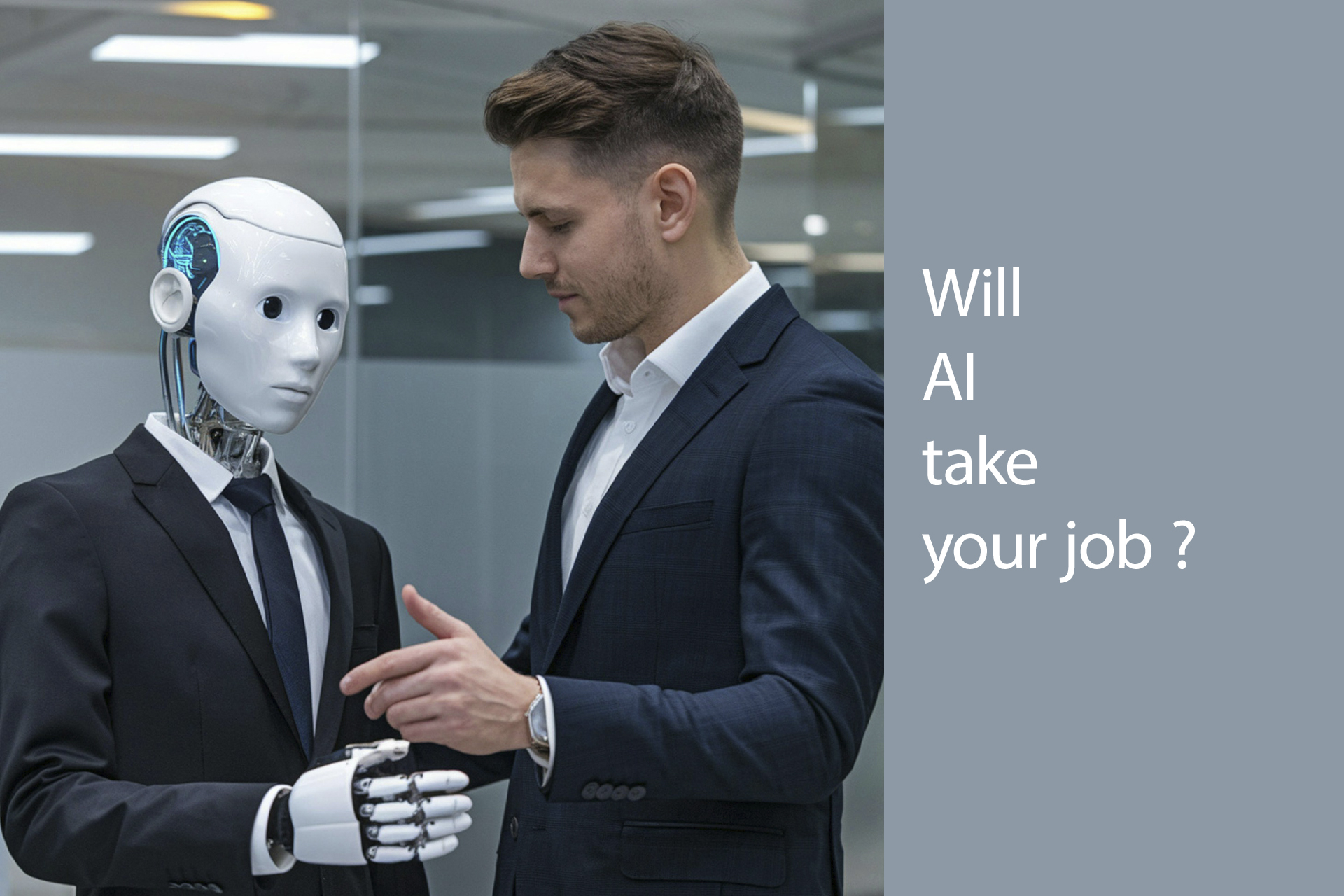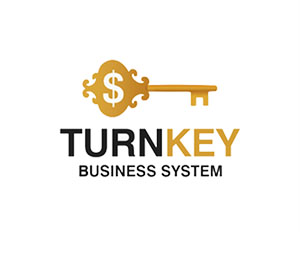AI and Automation Are Reshaping the Workforce: Are You Ready for the Future of Jobs?

AI and Automation Are Reshaping the Workforce: Are You Ready for the Future of Jobs?
The rapid advancement of artificial intelligence (AI) and automation is transforming the global workforce in unprecedented ways.
From manufacturing floors to corporate offices, industries are grappling with the dual-edged sword of technological progress.
On one hand, AI streamlines operations, boosts efficiency, and opens new opportunities.
On the other, it poses a significant threat to job security, particularly for white-collar workers and those in repetitive roles.
From manufacturing floors to corporate offices, industries are grappling with the dual-edged sword of technological progress.
On one hand, AI streamlines operations, boosts efficiency, and opens new opportunities.
On the other, it poses a significant threat to job security, particularly for white-collar workers and those in repetitive roles.

AI and Automation Are Reshaping the Workforce: Are You Ready for the Future of Jobs?
At the Aspen Ideas Festival, Ford CEO Jim Farley delivered a stark warning about the future of work in the age of AI. According to Farley, AI could displace up to 50% of office-based jobs—positions traditionally held by "white-collar" employees who handle information processing, document management, and administrative tasks. This revelation underscores the asymmetrical impact of AI on the economy. While technology enhances productivity and innovation, it simultaneously displaces millions of workers whose roles are deemed replaceable by machines.
Farley emphasized that AI's influence extends beyond office environments, affecting manual labor as well. Currently, 10% of Ford’s manufacturing processes are automated, but with the advent of humanoid robots, this figure could rise to 20%. Despite these advancements, Farley acknowledged that human labor remains indispensable for complex tasks that require creativity, adaptability, and problem-solving—qualities machines have yet to fully replicate.
However, not all sectors share the same optimism. Dario Amodei, CEO of Anthropic, painted an even bleaker picture during recent discussions. He accused businesses and policymakers of downplaying the severity of AI-driven unemployment. Amodei warned that the U.S. unemployment rate could soar to 20% if current trends persist, urging tech companies to be transparent about the societal implications of their innovations.
Farley emphasized that AI's influence extends beyond office environments, affecting manual labor as well. Currently, 10% of Ford’s manufacturing processes are automated, but with the advent of humanoid robots, this figure could rise to 20%. Despite these advancements, Farley acknowledged that human labor remains indispensable for complex tasks that require creativity, adaptability, and problem-solving—qualities machines have yet to fully replicate.
However, not all sectors share the same optimism. Dario Amodei, CEO of Anthropic, painted an even bleaker picture during recent discussions. He accused businesses and policymakers of downplaying the severity of AI-driven unemployment. Amodei warned that the U.S. unemployment rate could soar to 20% if current trends persist, urging tech companies to be transparent about the societal implications of their innovations.
Amazon has already taken steps to align its workforce with AI capabilities. Under CEO Andy Jassy, the company laid off approximately 30,000 employees this year and signaled further reductions as AI assumes more responsibilities. Similarly, Shopify implemented stricter hiring protocols, requiring managers to justify why AI cannot perform specific tasks before expanding teams. Microsoft, too, announced layoffs affecting 9,000 employees—4% of its workforce—while investing billions in AI research and development.
The ripple effects of AI extend far beyond private enterprises. Governments worldwide are beginning to address the ethical and practical challenges posed by automation. In Australia, Finance Minister Katy Gallagher introduced policies promoting responsible AI usage within public institutions. Her initiative highlights the importance of safeguarding citizens' rights and well-being amid widespread adoption of intelligent systems.
Industry leaders like Mihir Kaufman, CEO of Fiverr, echoed concerns about AI's pervasive reach. Kaufman cautioned that no profession is immune—from programmers and lawyers to customer service representatives. His remarks serve as a wake-up call for professionals across all fields to adapt or risk obsolescence.
The ripple effects of AI extend far beyond private enterprises. Governments worldwide are beginning to address the ethical and practical challenges posed by automation. In Australia, Finance Minister Katy Gallagher introduced policies promoting responsible AI usage within public institutions. Her initiative highlights the importance of safeguarding citizens' rights and well-being amid widespread adoption of intelligent systems.
Industry leaders like Mihir Kaufman, CEO of Fiverr, echoed concerns about AI's pervasive reach. Kaufman cautioned that no profession is immune—from programmers and lawyers to customer service representatives. His remarks serve as a wake-up call for professionals across all fields to adapt or risk obsolescence.
JPMorgan Chase also joined the chorus of organizations preparing for an AI-driven future. CFO Marianne Lake revealed plans to reduce staff by up to 10%, replacing them with AI algorithms designed to handle routine financial operations. This move reflects a broader trend among corporations prioritizing efficiency over human capital.
Despite growing fears, some experts argue that AI will create as many opportunities as it eliminates. Historically, technological revolutions have led to job displacement but also spurred innovation and economic growth. For instance, while industrialization rendered certain trades obsolete, it gave rise to entirely new industries and skill sets. The key lies in proactive adaptation: governments, businesses, and individuals must collaborate to reskill workers, foster lifelong learning, and establish safety nets for those impacted by automation.
Despite growing fears, some experts argue that AI will create as many opportunities as it eliminates. Historically, technological revolutions have led to job displacement but also spurred innovation and economic growth. For instance, while industrialization rendered certain trades obsolete, it gave rise to entirely new industries and skill sets. The key lies in proactive adaptation: governments, businesses, and individuals must collaborate to reskill workers, foster lifelong learning, and establish safety nets for those impacted by automation.
In conclusion,
the convergence of AI and the labor market presents both challenges and opportunities. While predictions vary regarding the scale of job losses, there is consensus that significant disruptions lie ahead. As Ford’s Farley aptly put it, society faces a critical question: How do we support individuals left behind by technological progress? Addressing this issue requires foresight, empathy, and decisive action from all stakeholders.
For now, one thing is clear—the era of AI-driven transformation is upon us, reshaping industries and redefining what it means to work in the 21st century.
the convergence of AI and the labor market presents both challenges and opportunities. While predictions vary regarding the scale of job losses, there is consensus that significant disruptions lie ahead. As Ford’s Farley aptly put it, society faces a critical question: How do we support individuals left behind by technological progress? Addressing this issue requires foresight, empathy, and decisive action from all stakeholders.
For now, one thing is clear—the era of AI-driven transformation is upon us, reshaping industries and redefining what it means to work in the 21st century.









Report
My comments